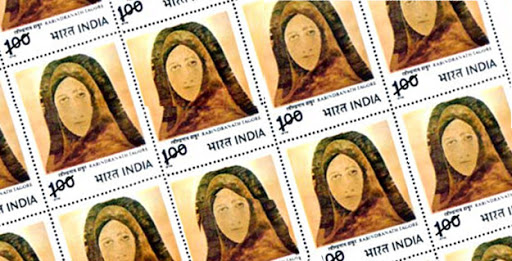THE Muduvar tribe, which inhabit the mountain ranges around Valparai (Tamil Nadu) and Munnar (Kerala) in the Western Ghats, calculates its age with the blossoming of the Kurinji. This legendary flower blooms once in 12 years and is due to enliven the mountainscapes.
In the Western Ghats, at an altitude of about 1,600 metres, in the region of sholas and grasslands, the kurinji flourishes as a gregarious shrub. From the High Ranges to the Sayadhri Mountains, different varieties of the Kurinji flourish in valleys, in slopes and in gorges. All of them have a periodicity from eight to 12 years. After blossoming, the plant wilts. Though most of the varieties are blue, there are some yellow varieties too.
Geographers refer to the ranges south of the Palghat Gap as the Palni ranges and those to the north as the Nilgiris. In the Palni ranges, in Mattupatti and Gundumalai around Munnar, the Kurinji grows in abundance. In the area around Anaimudi also the plant thrives. Anaimudi (in Kerala) or the Elephant Peak is the highest point in South India, being several metres higher than the better-known Doddabetta near Ooty. And the area around it is now called the Eravikulam sanctuary. The Indira Gandhi Wildlife Sanctuary (in Coimbatore district of Tamil Nadu) is contiguous to this sanctuary.
The Sheetlet of Kurunji Stamps
The First Day Cover Of The Kurinji Stamp Issue











0 comments:
Post a Comment